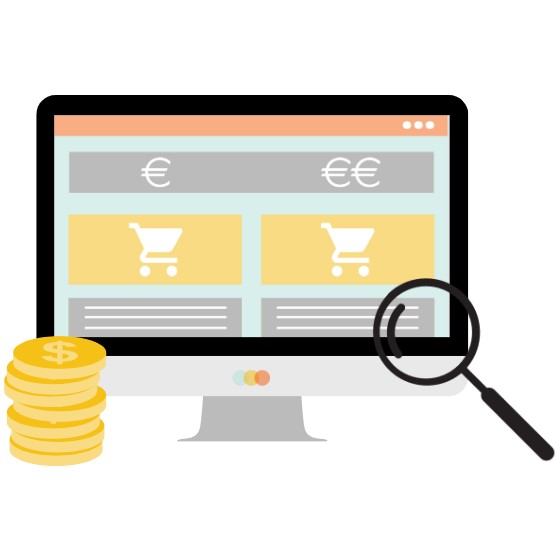Use case
The perfect product sheet
The objective of our use cases is to provide you with all the best practices to implement so that your offer is better than that of your competitors. In this use case, we will focus more specifically on the perfect product sheet, as its writing is a key factor and a rich source of information to differentiate oneself from competitors.


Benchmarking marketing data:
1/ The product description
For the product description, you must take into account three pieces of information: the language register of your target audience, the technical knowledge of your potential customers, and your business activity, which can be B2B or B2C (a more technical language will be better suited to a professional audience).
When describing your products, don’t be afraid to provide detailed information, as this is the part that will allow the reader to focus on the product and reassure them. However, the challenge is to remain readable, as you don’t want to risk losing a reader who is looking for specific information and cannot find it.
2/ The product photo(s)
It is very difficult for a reader to trust a product without a photo, or with a low-quality photo. Indeed, a blurry or poorly edited visual can show the lack of seriousness of the seller to their customers. Our experience leads us to believe that a minimum of 4 photos is necessary (the edited photo, the product in context, a zoomed-in photo of the product, and a photo taken from another angle). These 4 photos help reassure the reader. The subject of the photo is crucial for a perfect product sheet, and to help you, we have written a complete article that will guide you step by step.
If you are interested in learning about best practices for your photos, click here.


3/ The product features/attributes
The product attributes are the logical continuation of the product description. They allow to reassure and inform the customer so that they have no questions about the product. It is also important to include all attributes because there is nothing worse for you than having your main competitor displayed next to you in Google Shopping with more attributes than you. Moreover, these attributes allow for filtering of certain products; if you only display 2, you may miss out on a customer.
4/ The Prices
Companies, especially market leaders, want to monitor their prices compared to those of their competitors to define their pricing strategy. Most of the time, they seek to have the most attractive price for their customers and to ensure that the purchasing decision is made on their website. A product sheet cannot be perfect if the seller does not take into account the prices of their competitors.
If you would like more information on the omnibus directive, click here.


5/ The stocks
Stock information is crucial to avoid frustrating the customer. If you do not provide information that the product is out of stock, you risk frustrating the customer and redirecting them to a competitor’s site, potentially leaving a negative review.
6/ The reviews
Reviews are a key element in reassuring the customer. Don’t be afraid to leave them; it’s a sign of transparency and honesty for the company. It’s the last step the reader will look at before finalizing their purchase.
Discover the article to create the perfect product sheet for back-to-school season:

Vidéo Academy – The perfect product sheet
Our other use cases




